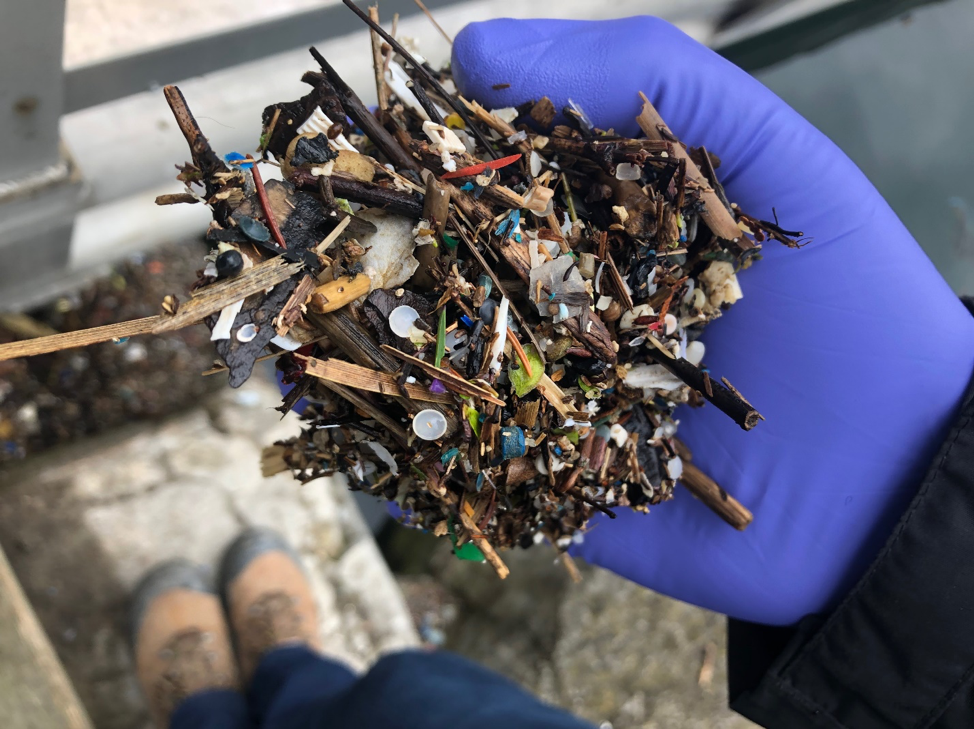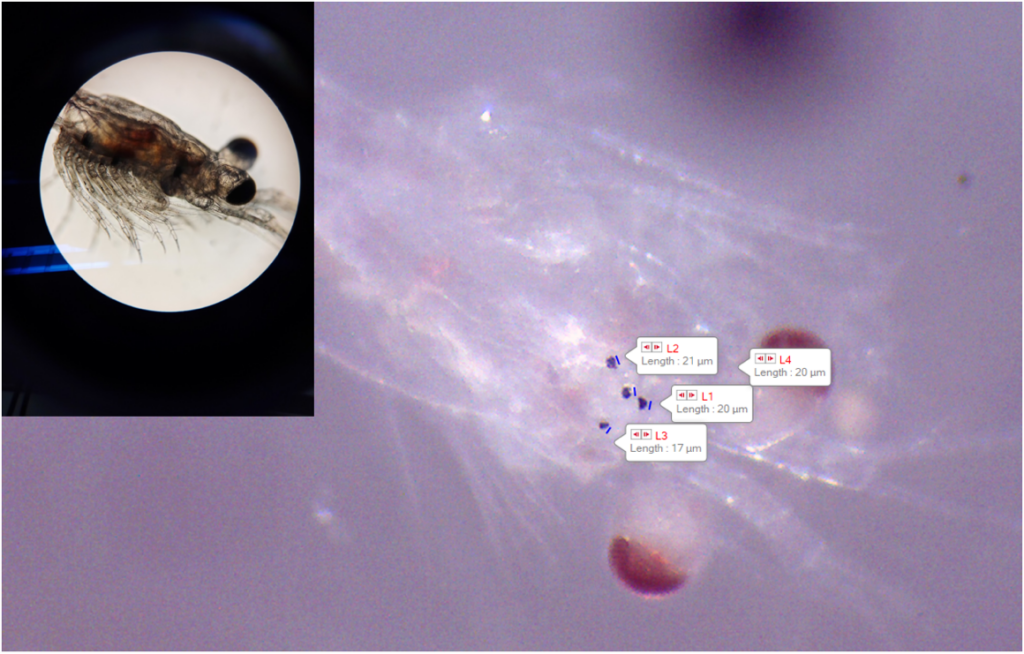Landmark Statewide Microplastics Strategy Recommends Early Actions and Research Priorities to Reduce Microplastic Pollution
In response to increasing concern about pervasive and persistent pollution caused by microplastics, California has prepared a first-of-its-kind Statewide Microplastics Strategy that recommends early actions and research priorities to reduce microplastic pollution in California’s marine environment. The Strategy follows the direction of Senate Bill 1263 (Portantino), which was signed into law in 2018 and is scheduled for adoption by the Ocean Protection Council at its Wednesday, Feb. 23 meeting.

University of Toronto / Tsui, N.
Essential to California’s Microplastic Strategy is the recognition that decisive, precautionary action to reduce microplastic pollution must be taken now, such as taking comprehensive action to reduce single-use plastics and other top sources of marine litter, while scientific knowledge and understanding of microplastics sources, impacts, and successful reduction measures continue to grow. Plastics are ubiquitous in both our daily lives and in the environment. Worldwide, an estimated 11 million metric tons of plastic enter the ocean each year, and without any intervention, this amount is anticipated to triple by 2040. Over time, plastics break down in aquatic environments into pieces of ever-decreasing size, with those less than 5 mm in size known as microplastics.
Microplastics are easily ingested by marine life, causing harm such as tissue inflammation, impaired growth, developmental anomalies, and reproductive difficulties. Microplastics have also been found in human stool, lung, and placenta samples, indicating the potential for human health impacts, and within soils and plants.
The Statewide Microplastics Strategy sets a multi-year roadmap for California to take a national and global leadership role in managing microplastics pollution. The Strategy outlines a two-track approach to comprehensively manage microplastic pollution: the first track lists immediate, no regrets actions and multi-benefit solutions to reduce and manage microplastic pollution, and the second track outlines a comprehensive research strategy to enhance the scientific understanding of microplastics in California and inform future action.

Photo courtesy National Science Foundation/SCR #193528
Solutions
- Pollution Prevention: Eliminate plastic waste at the source (products or materials from which microplastics originate).
- Pathway Interventions: Intervene within specific pathways (ex: stormwater runoff, wastewater, aerial deposition) that mobilize microplastics into California waters.
- Outreach & Education: Engage and inform the public and industries of microplastic sources, impacts, and solutions.
Science to Inform Future Action
- Monitoring: Understand and identify trends of microplastic pollution statewide.
- Risk Thresholds & Assessment: Improve understanding of impacts to aquatic life and human health.
- Sources & Pathways Prioritization: Identify & prioritize future management solutions based on local data.
- Evaluating New Solutions: Develop and implement future solutions.
The public is invited to participate in the Feb. 23 meeting. Agenda and instructions on joining can be found here.

